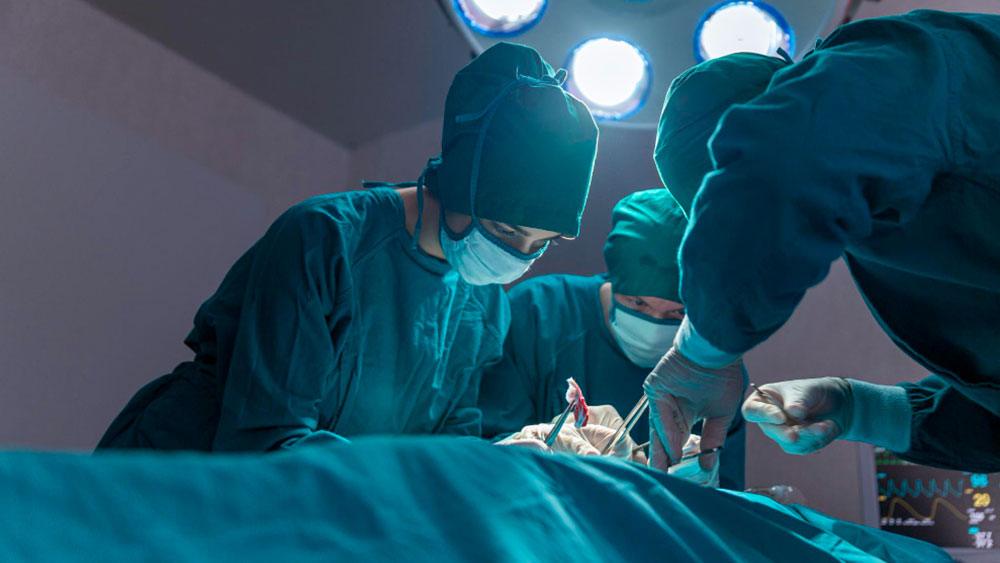An Overview of Laparoscopy Surgery
Benefits of Laparoscopic Surgery
Less trauma and smaller scars
Reduced pain and shorter hospital stays
Lower risk of infection and bleeding
Because the cuts are smaller, there’s less chance of blood loss and infection.
Faster return to daily life
How Do You Prepare for Laparoscopy?
There are critical steps you can take ahead of time to make sure your laparoscopic surgery goes smoothly.
- Don't eat or drink anything after midnight before the surgery
- Stop certain medications, like blood thinners, after checking with your doctor
- Wear comfy clothes on the day of your procedure
- Remove jewellery and nail polish
- Do not drive home alone after surgery
What to Expect during the Surgery?
During a laparoscopy operation, you can expect these:
- You will be placed under general anaesthesia with your head slightly lower than your feet.
- Surgeons make a small cut to insert a tube that fills your abdomen with carbon dioxide. This gas helps to inflate the abdomen, creating more space for the surgeon to work and reducing the risk of injury to the organs.
- A laparoscope is inserted through that cut, and additional small tools may go through other tiny incisions. The camera transmits real-time images to a screen.
- Depending on what the surgeon sees, they can take biopsies, which are small tissue samples, or perform procedures like removing stones, fibroids, or appendices through those small openings.
- Once the procedure is complete, the instruments and gas are gently removed. The surgeon closes the cuts with stitches or tape and covers them with bandages.
What is Robotic Laparoscopic Surgery?
Robotic laparoscopic surgery uses robotic arms controlled by the surgeon from a console. The system provides a magnified, 3D view of the surgical site and instruments. This laparoscopy treatment works particularly well for intricate procedures, such as prostate removal and certain gynaecological and urological surgeries.
How to Recover from the Laparoscopy Treatment?
Start with clear fluids and soft foods until you feel comfortable returning to your regular diet.
See your surgeon within two weeks to check healing and discuss biopsy results, if any were taken.
A laparoscopy operation offers a smarter and less invasive way to diagnose and treat many abdominal and pelvic conditions. It has various benefits, like less pain, quicker recovery, and smaller scars. Laparoscopic surgery has become a fan-favourite procedure for gallbladder removal or a complex robotic-assisted procedure.


